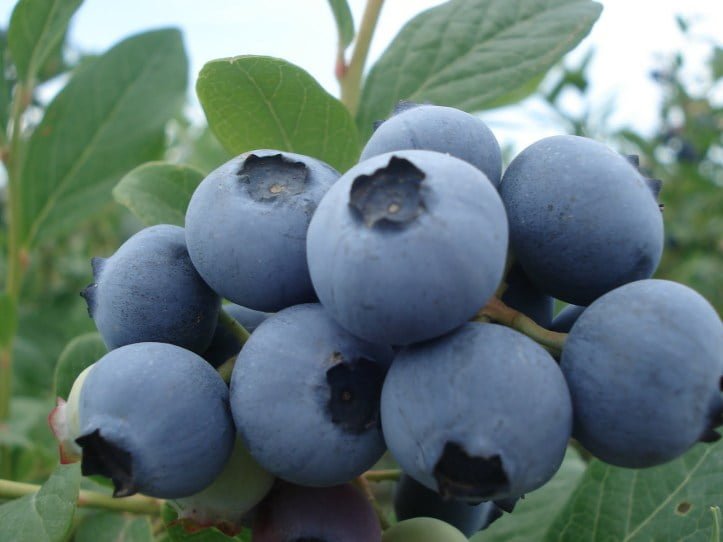According to EastFruit analysts, the landscape of the world’s top 20 blueberry exporting countries has seen significant changes over the past five years. While most market participants focus on the top five exporters, the most dynamic growth often occurs among countries outside the top ten. These emerging exporters present new opportunities for establishing profitable sourcing opportunities in the coming years.
Notably, countries primarily engaged in re-exporting blueberries or those that are large net importers were not considered in this analysis.
In the lower part of the top 20, Zimbabwe stands out with its rapid growth in blueberry exports. Five years ago, Zimbabwe barely exported any blueberries, but it now ranks 13th among largest global exporters. In 2022, Zimbabwe led the world in export growth rates among the top 20. Even after considering the 2023 export numbers, Zimbabwe showed an average annual growth rate of 48% of blueberry exports over the past five years. Each year, Zimbabwe exports 1.3 thousand tons more blueberries than the previous year.
However, in 2023, Georgia surpassed Zimbabwe in relative growth rates, with an average annual increase of 55% from 2019 to 2023. Although Georgia’s absolute growth rate was more modest, the country still impressed with an annual increase of 700 tons. In 2023, Georgia’s blueberry exports surged by 2.5 times, or 2 thousand tons, allowing it to debut in the top 20, surpassing countries like Italy, New Zealand, Australia, and China.
Read also: Bloom Fresh Ventures into Blueberries Amidst Grape Market Stagnation
Ukraine also made significant strides, ranking third among fast-growing blueberry exporters. Ukraine’s exports grew by 21% annually, or 530 tons per year. Despite the challenges posed by the Russian invasion, Ukraine’s blueberry exports accelerated sharply in 2022 and 2023, increasing by 1.1 thousand tons and 940 tons, respectively.
China’s debut in the top 20 in 2023 is also noteworthy. The country is rapidly expanding its blueberry cultivation area and is gradually becoming a significant exporter.
Among the top 20, only Chile, Argentina, and New Zealand have reduced their export volumes on average over the past five years. Among the top ten largest exporters, Serbia, Mexico, and Morocco led in growth rates.
Peru remains the world leader in blueberry exports, maintaining a wide margin over its competitors. Despite a sharp decline in exports in 2023, Peru exported 2.5 times more blueberries than Chile. Over the past five years, Peru’s average annual growth rate was 14.5%, or 28.2 thousand tons per year. EastFruit analysts estimate that Peru’s share in the net international trade of fresh blueberries (excluding re-exports) was 30-32% from 2019 to 2023.
Andriy Yarmak, an economist at the Investment Centre of the Food and Agriculture Organization of the United Nations (FAO), believes the potential of the blueberry market is far from exhausted. “The average annual growth rate of international blueberry trade was about 10%, or 60 thousand tons per year, from 2019 to 2023, despite challenges such as complex and expensive logistics and deglobalization. Blueberry consumption grew even faster, especially in countries with rapidly developing production and falling prices. Blueberries are convenient, healthy, and increasingly accessible, which boosts their consumption. As blueberries become less expensive, processing volumes increase. This, in turn, helps promote the consumption of fresh blueberries, as consumers see them more frequently in products like yoghurts, juices, confectionery, ice cream, and even alcoholic beverages. This trend is likely to continue, supporting high growth rates in both production and international trade,” says Yarmak.
Maintain full control over fruit and vegetable prices in Turkey, Egypt, Ukraine, Uzbekistan, Russia, Moldova and other markets subscribing to EastFruit Premium.
The use of the site materials is free if there is a direct and open for search engines hyperlink to a specific publication of the East-Fruit.com website.




